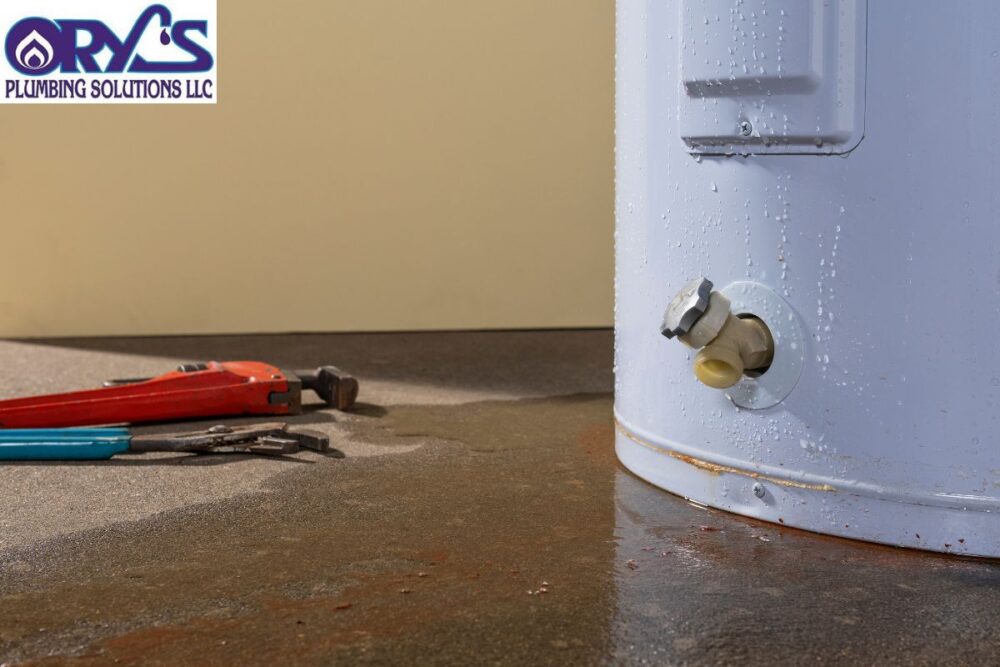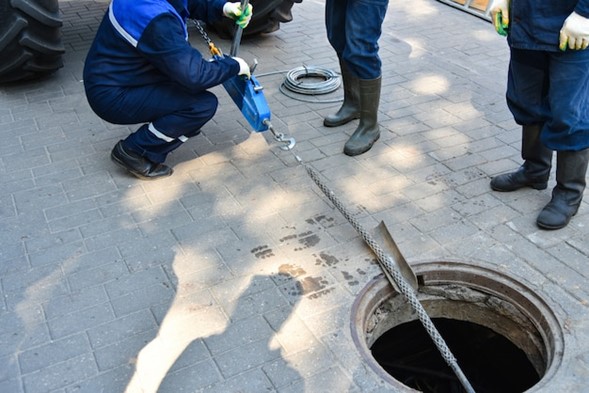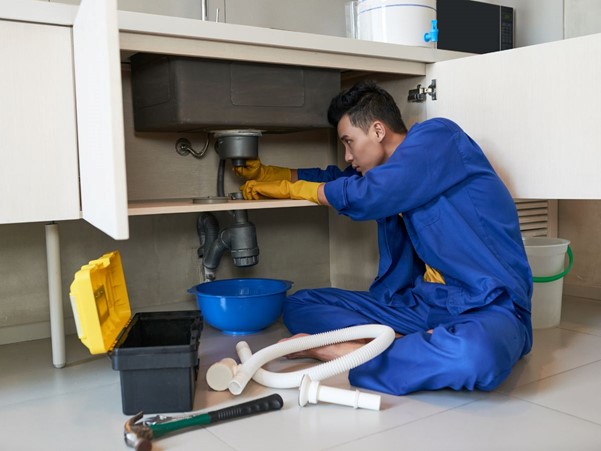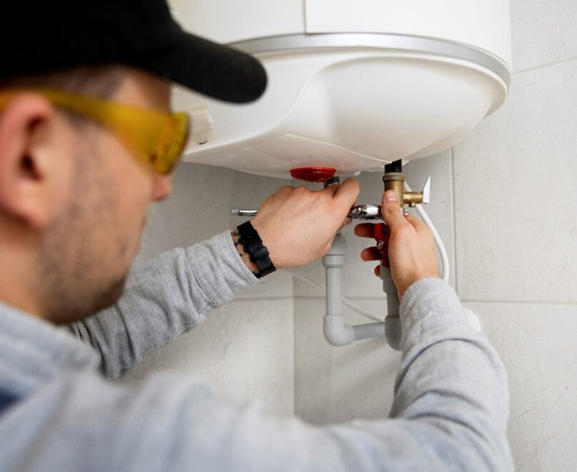5 common problem of water heater & How to fix them
Key Takeaways:
- Check power, pilot light, or thermostat for heating issues.
- Flush the tank to fix low hot water or bad smells.
- Leaks or rust often mean it’s time for a replacement.

A water heater is one of the most important appliances in your home because it provides warm water for showers, cleaning, and cooking. However, like any device, water heaters can have problems that disrupt your daily routine. Knowing the common issues and how to fix them can save you time and money, and help you avoid calling a professional unnecessarily. Here are five of the most common water heater problems and simple ways to solve them.
No Hot Water
One of the most frustrating problems with a water heater is when it suddenly stops producing any hot water. This issue can happen for different reasons depending on the type of water heater you have. For electric models, the problem is often caused by a tripped circuit breaker or a broken heating element that stops the water from heating up. Gas water heaters might lose their pilot light or have a problem with the gas supply. Before calling a professional, you can first check your home’s circuit breaker to see if the water heater’s switch has turned off, and flip it back on if needed. For gas heaters, check if the pilot light is off; if it is, you can usually relight it safely by following the instructions on the unit. However, if you smell gas or if these steps don’t fix the problem, it’s best to call a plumber because gas leaks can be dangerous.
Not Enough Hot Water
Sometimes, your water heater produces hot water but not enough for your household’s needs. A common reason for this is that the water heater tank is too small for the number of people using it. Another cause is the buildup of sediment, which is dirt and minerals that collect at the bottom of the tank over time. This sediment reduces the space available for hot water and lowers efficiency. To fix this, you can flush your water heater by draining all the water and refilling it to remove the sediment buildup. This maintenance step is fairly simple and can improve how much hot water you get. If you find you still don’t have enough hot water after flushing, you might want to think about upgrading to a larger water heater that fits your household better.
Water is Too Hot
If the water coming from your taps feels scalding or too hot, it usually means the thermostat on your water heater is set higher than necessary. Water hotter than 120°F can be unsafe and can easily cause burns, especially for kids and older adults. To fix this, you should first turn off the power to your water heater to avoid accidents. Then, adjust the thermostat to 120°F, which is the recommended safe temperature for home use. After waiting for the water to heat again, check the water temperature to make sure it is comfortable but not dangerously hot. Not only does this protect your family, but it also helps reduce your energy bills by not overheating the water unnecessarily.
Water Leaks
Leaks from a water heater can cause serious damage to your home if not dealt with quickly. Common reasons for a leak include loose pipe connections, faulty valves, or corrosion in the tank itself. You can inspect the pipes and try tightening any loose fittings with a wrench to stop minor leaks. Valves that are leaking might need to be replaced, which can sometimes be done on your own but often requires a professional plumber. If the water is leaking directly from the tank, it usually means the tank has corroded or developed cracks over time. In this case, the best solution is to replace the entire water heater, because repairing a damaged tank is not safe or cost-effective.
Strange Smell or Rusty Water
If you notice a strange smell coming from your hot water or see that the water looks rusty, there is likely a problem inside your water heater tank. A bad smell can happen when bacteria grows in the tank, especially if water is sitting there too long. Rusty water usually comes from corrosion inside the tank or a worn-out anode rod, which is a metal rod designed to protect the tank from rust. To fix these problems, you should flush the tank to remove sediment and try raising the water temperature for an hour to kill any bacteria. Be careful when doing this to avoid burns. If the smell or rust continues, the anode rod may need to be replaced, or you might want to ask a professional to help you prevent your water from becoming unsafe.
Conclusion
Each of these common water heater problems can often be fixed with simple maintenance or small adjustments, helping you save money and avoid bigger troubles. It’s important to take good care of your water heater, like flushing the tank once a year and keeping the thermostat at a safe temperature. But if you ever feel unsure about any repair or if the problem is serious, don’t hesitate to contact a professional plumber to keep your home safe and your hot water flowing smoothly.



